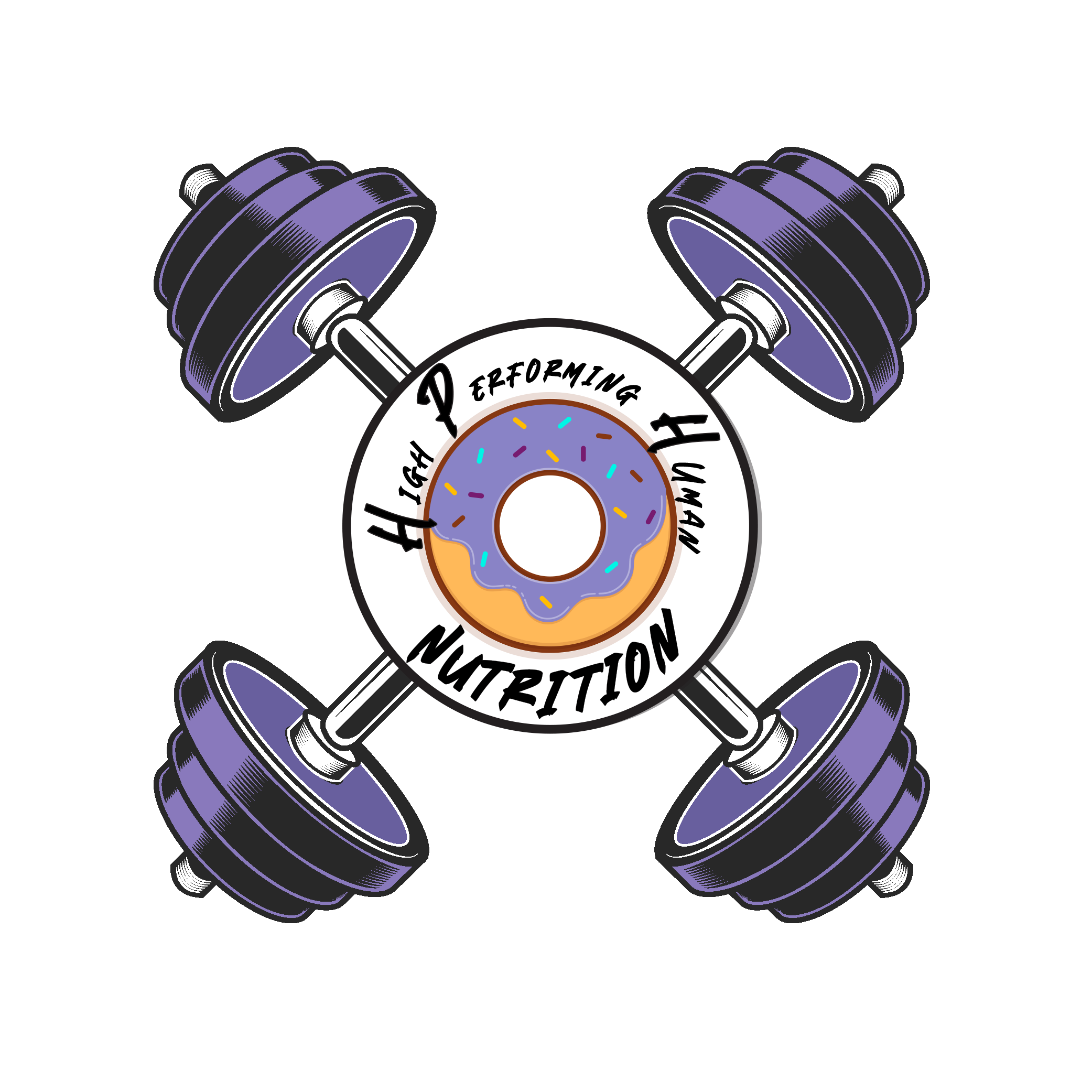As of January 2020, large companies have been required to update their nutrition facts labels. By January 2021, smaller companies will have to do the same thing. There are some exceptions but by July 2021 all labels should reflect these changes.
I’ll explain those changes here and review how to use a nutrition label to your advantage.
Calories
One of the first things you may notice is that the calories per serving is large, bold, and really stands out on the label. This tells you how much ‘energy’ is in the food you’re about to consume.
Calories from Fat
The calories from fat section of the label has been removed. Previously, this was noted since fat contains more calories per gram and can cause increased caloric intake. Recently, science has proven that the type of fat being consumed is more important than the amount.

https://www.fda.gov/media/97999/download
Serving Size
The serving size has also been made larger. This is important to note as many may fail to understand what a serving size of food actually is. Also, all of the other information on the label pertains to that specific serving size. The nutrition label is no good to you if you don’t know how to apply it based on the amount you’re eating.
Most of the time the serving size is not representative of the entire package. The label now lists the servings per container in larger print. Some products may list both facts per serving and facts per container.
To go along with that point, serving sizes have been updated to reflect the amount of food that is generally consumed in one sitting. Take beverages for example. Some bottles state that they have two servings per container; however, you’re more likely to consume the entire beverage in one sitting. The new label will reflect this more accurate serving size.
Added Sugars
Ah yes, my favorite part of this new label. You’ll now be able to tell what sugar naturally occurs in the ingredients (ie fruit as an ingredient that contains some forms of sugar) versus sugar that is added to improve the taste. This can be a great tool to use in selecting more healthful products. The specific example that comes to mind is with granola bars and protein bars. Some bars are made with whole foods like fruits and, therefore, will contain sugar. Some other bars, simply have sugar added from refined sources. You can use the added sugar portion of the label to select the product that is lower in sugar, especially added sugar. I’ll dive more into added sugars, natural sugars, and even sugar alternatives in an upcoming post.
Vitamins and Minerals
Vitamin D and potassium have replaced vitamins A and C on the label. The reason for the change is simple, for the most part, we’re getting enough vitamin A and vitamin C which leads them to be less of a concern. Vitamin D and potassium, on the other hand, are nutrients that many Americans are lacking and their diet. This can help raise awareness of what foods contain these nutrients to promote intake.
I truly believe that nutrition labels and ingredients lists are some of the most powerful tools when it comes to selcting healthful foods if they are packaged. I hope you take these explnations and use them the next time you’re out on a grocery trip.
